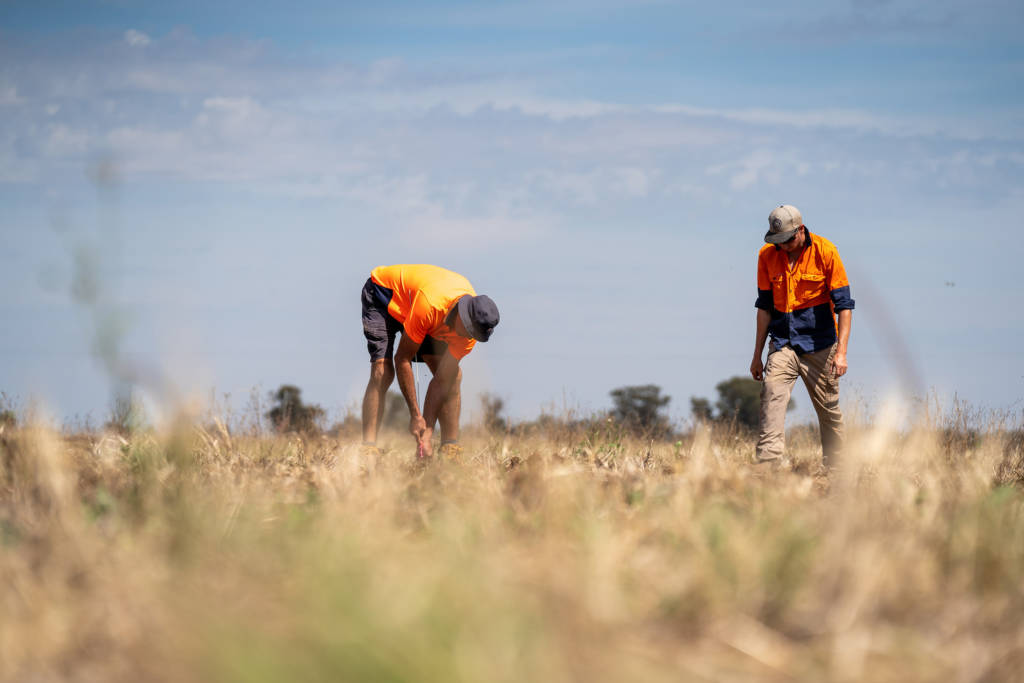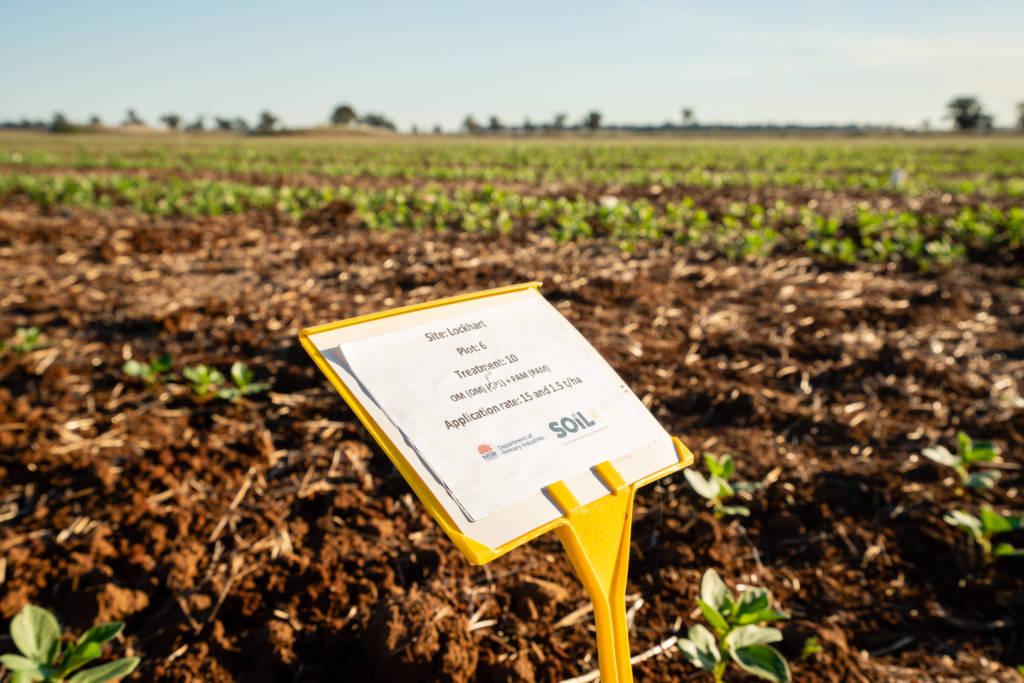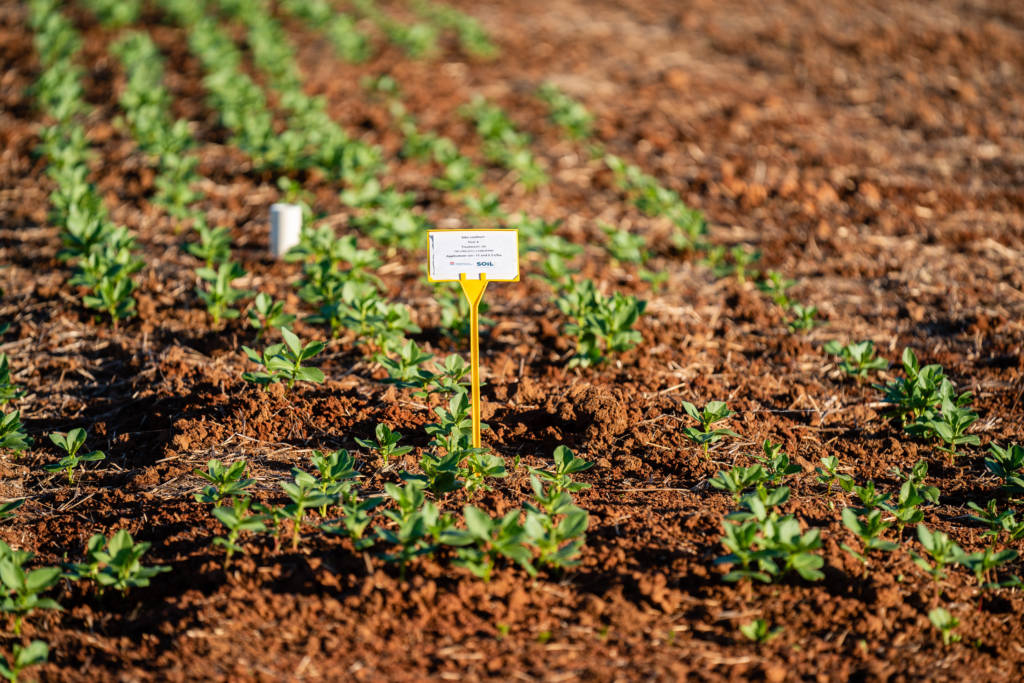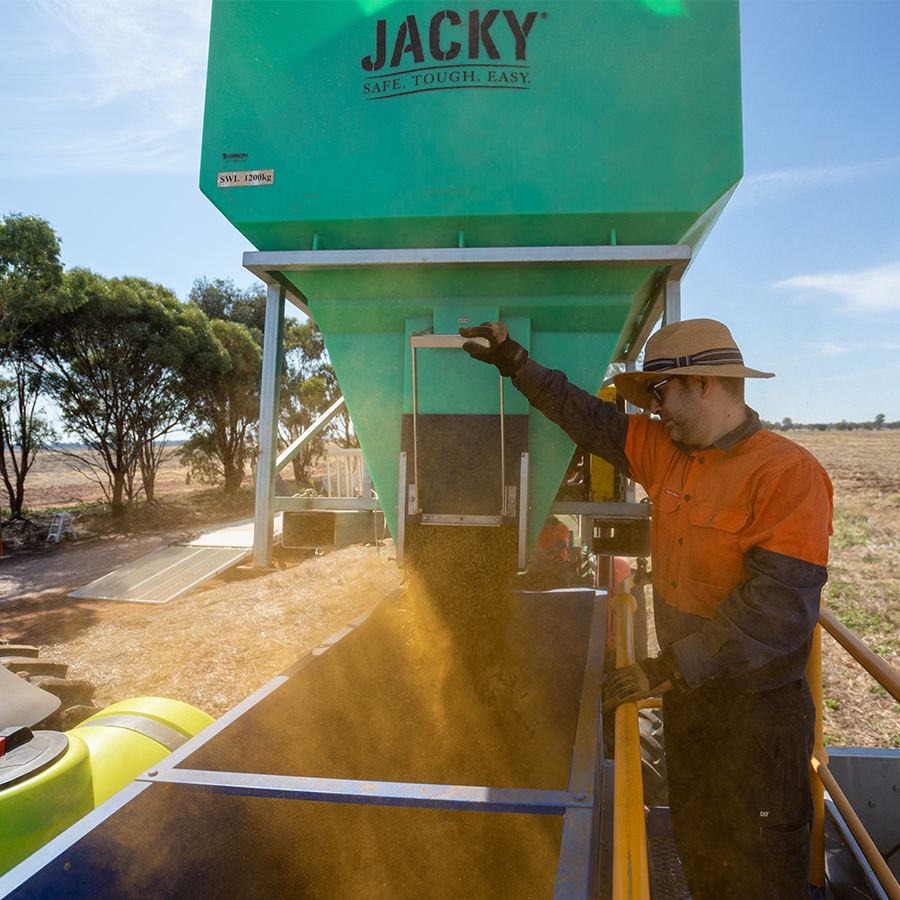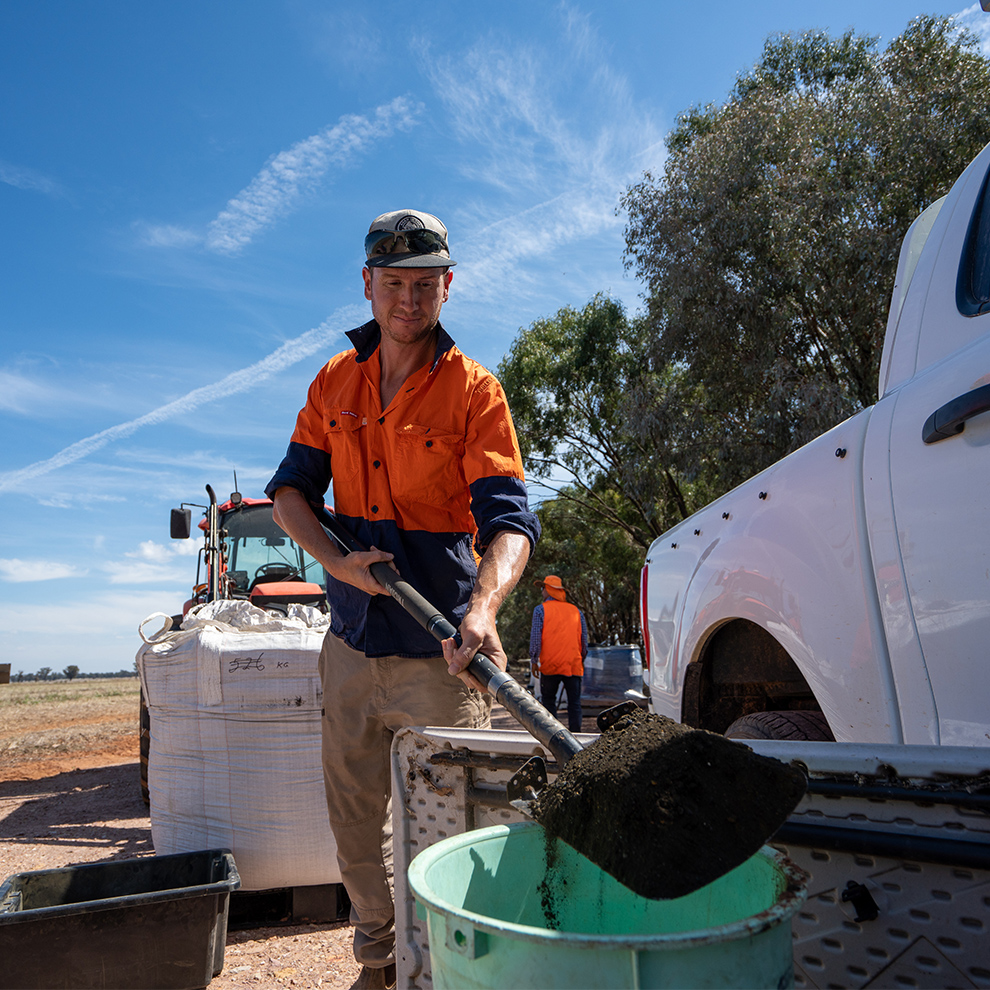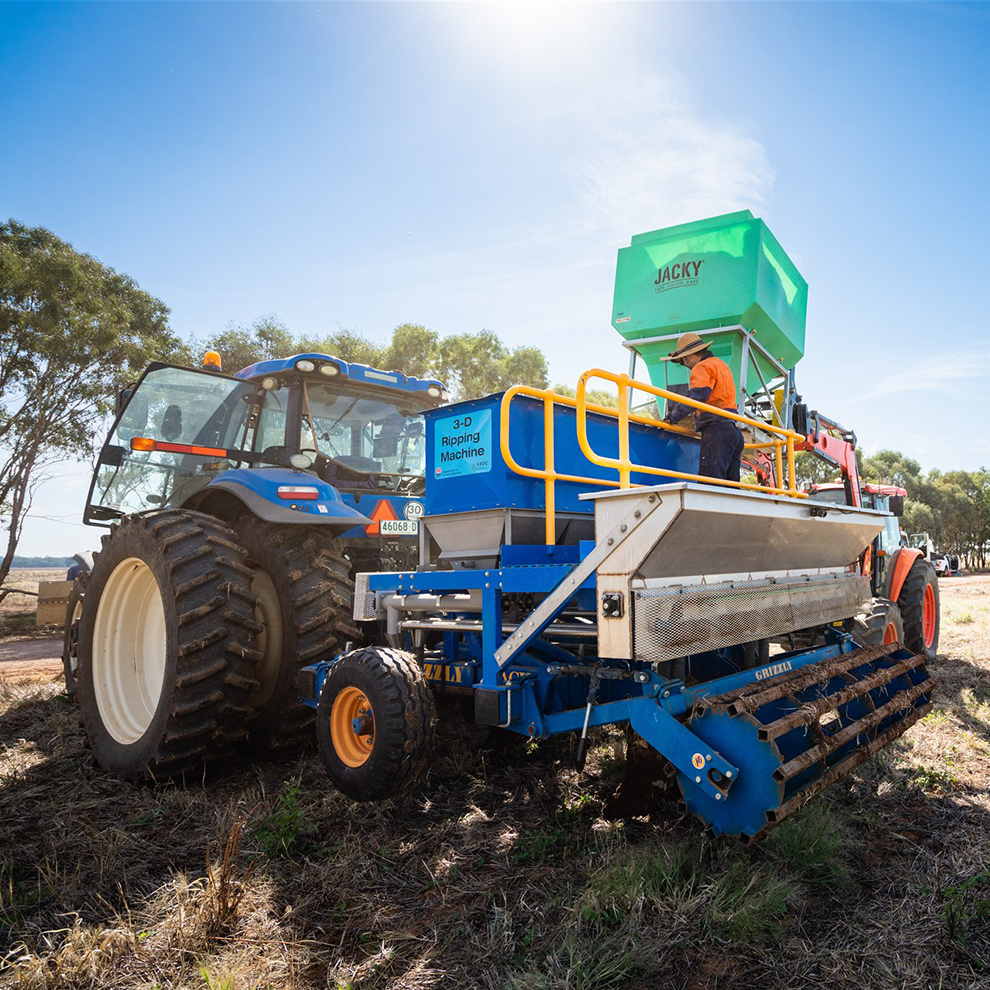The topsoil is easy to manage, but there are a lot of constraints below the surface




The ability of roots to be able to grow through soil without any constraints is key to making full use of the available water resources.
In many cases, the topsoil is easy to manage, but the problems lie below, in the subsoil.
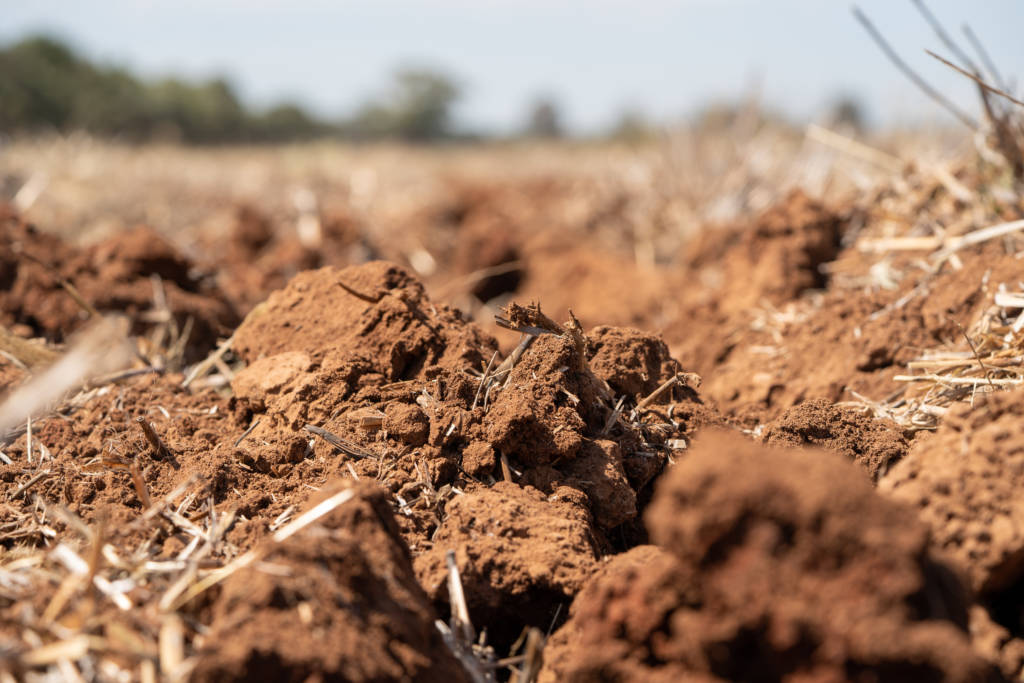
INTEGRATED SOLUTIONS FOR ACCESSING SOIL MOISTURE
The Soil CRC project ‘Integrated solutions for accessing soil moisture’ led by Dr Ehsan Tavakkoli is a multi-state, field-based project that is using innovative amendments to address some of these subsoil constraints, placing the amendment deeper in the soil.
Quantifying how subsoil constraints affect a crop’s ability to use soil water is important for productivity and water-use efficiency, because yield is linked to transpiration.
It will improve our understanding of the interactions of these strategies with how plants use soil water in different soil types and farming systems.
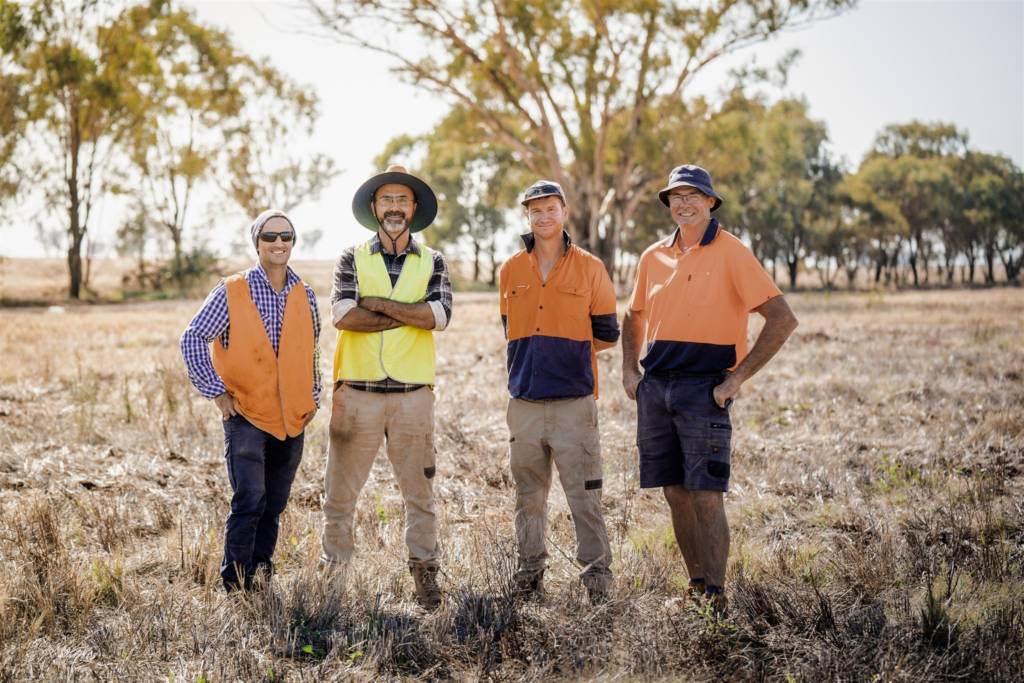

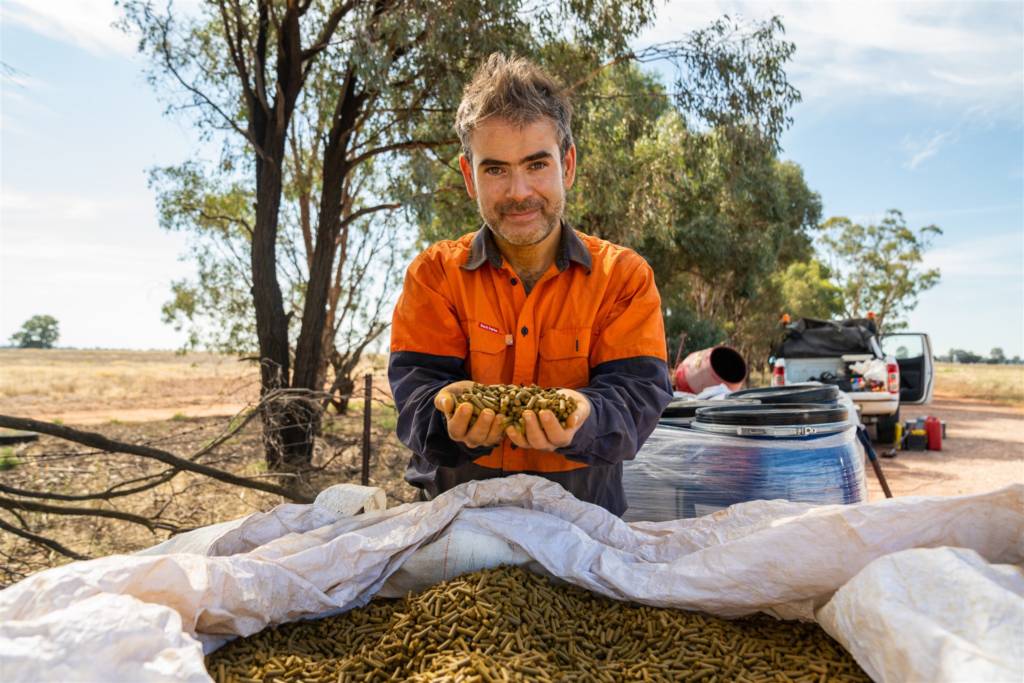

Field Trials
Field trials that began in the 2021 growing season, include specific treatments designed to ameliorate multiple soil constraints. The sites are being managed with the potential to be monitored for four growing seasons or longer.
The project is quantifying the long-term crop responses to these management practices on key soils in four cropping regions – Victoria, New South Wales, Queensland and Western Australia.
In Victoria, the focus is on management of sodic, waterlogged prone clay soils in the medium to high rainfall cropping zone.
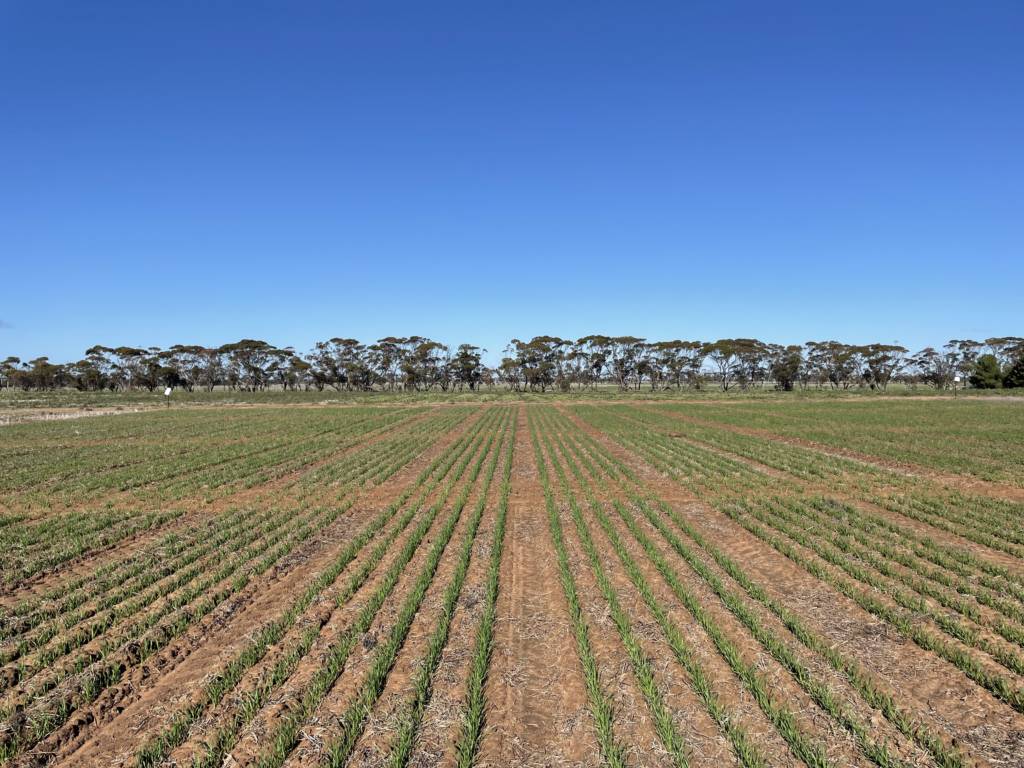

In southern NSW, an alkaline dispersive subsoil has been selected in consultation with two key grower groups.
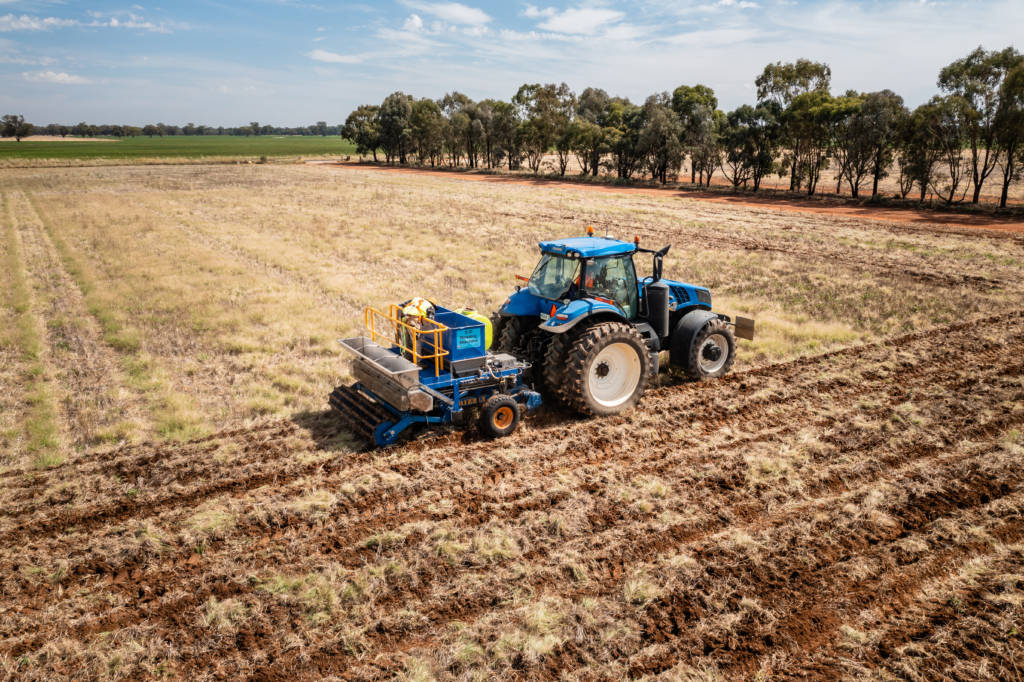

In Western Australia, a sand profile has been selected to focus on alleviation of multiple constraints (water repellence, low water holding capacity, subsoil compaction, low nutrient retention, and acidity).
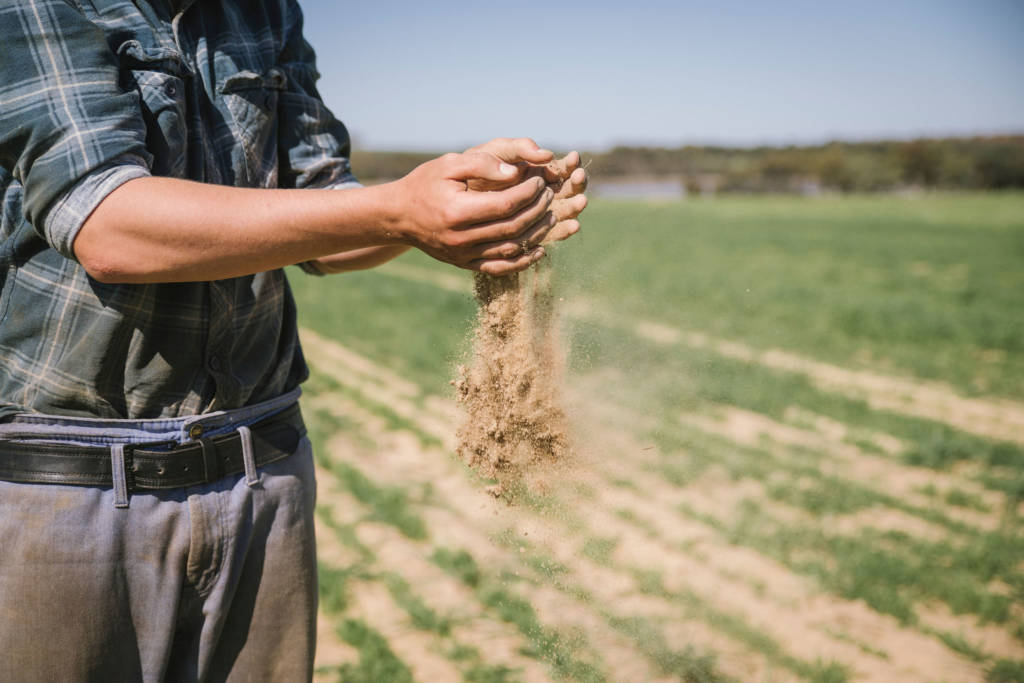

In Queensland, a heavy textured and sodic soil of the Burdekin River Irrigation area under sugarcane has been selected.
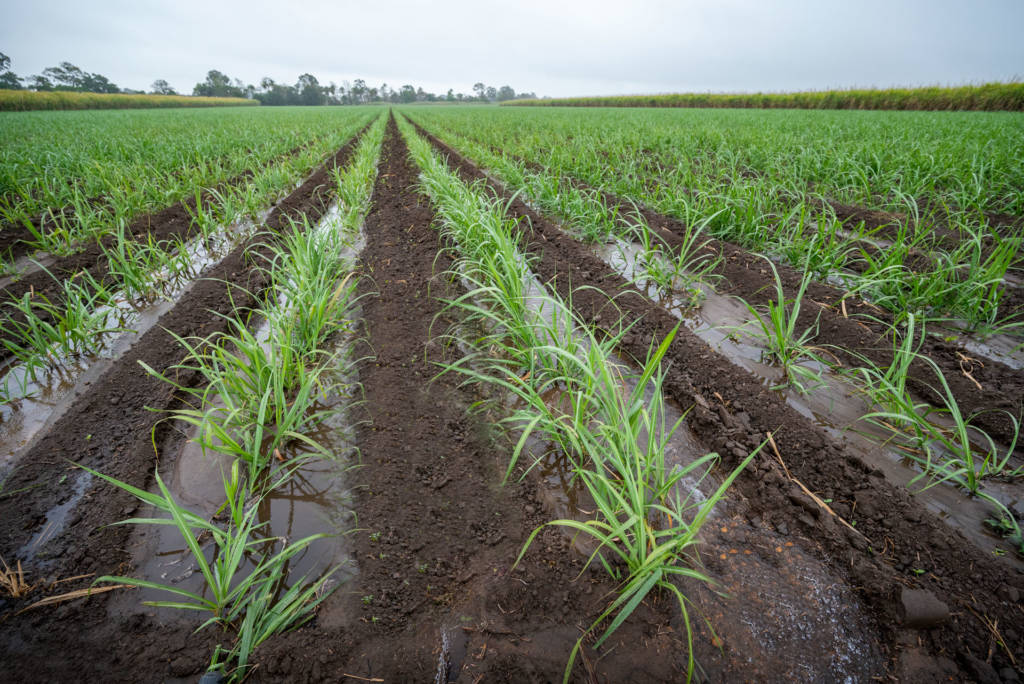

Each trial consists of approximately five treatments and four replicates in a randomised block design. The trial design allows the assessment of new future treatments by having spare plots in the initial design.
Located within Soil CRC-participant network of grower groups, soil sampling and farmer yield maps have guided the exact location of each trial.
As a standard method across all trials, soil water content will be determined periodically using a combination of gravimetric and water sensing equipment.
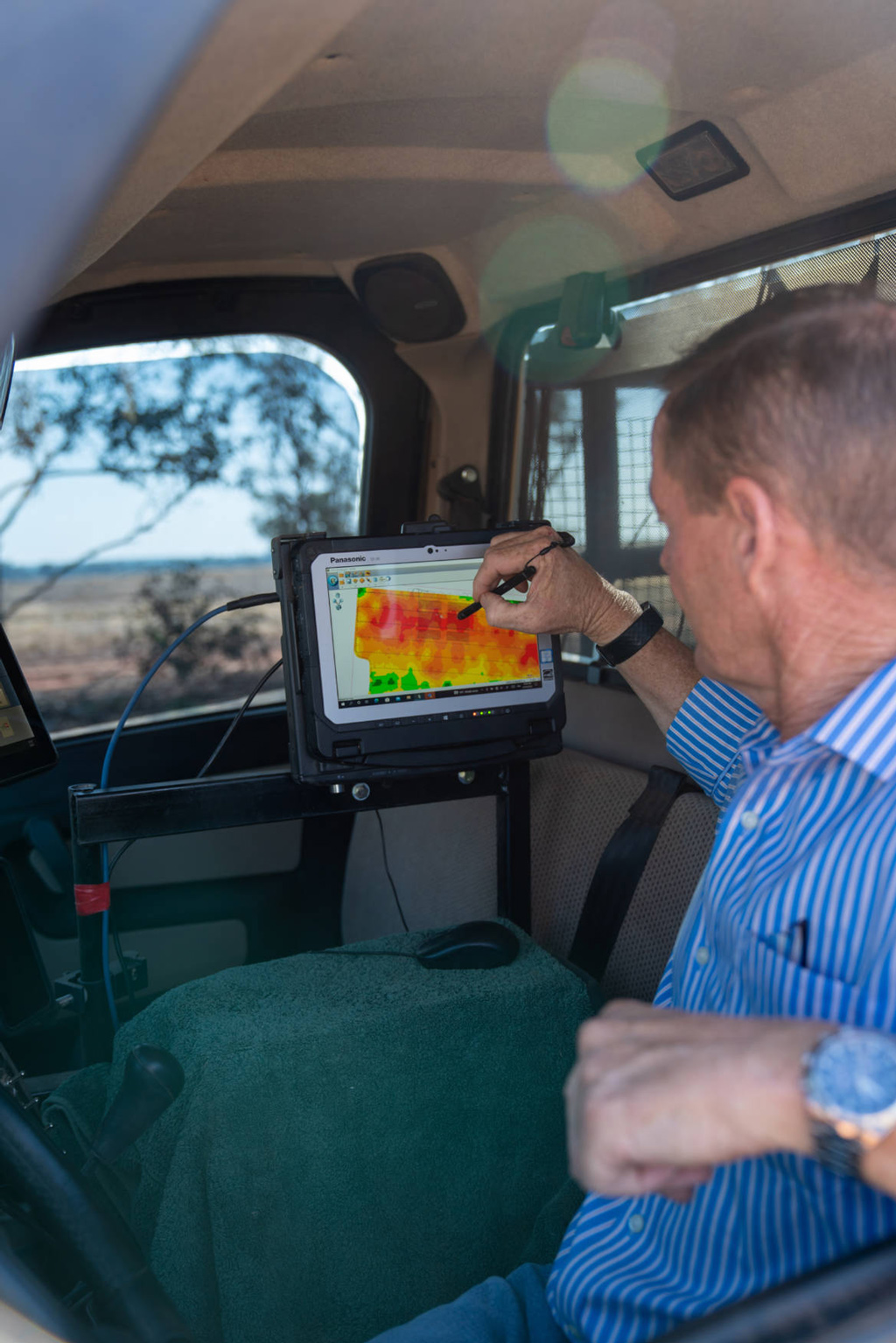

On clay soils, soil water will be measured by neutron probe while on sands capacitance probes (Diviner) will be used, in both cases with two access tubes per sampling unit.
Measurements at harvest in each plot will calculate root growth depth. Complimentary techniques to assess soil water use will be used at selected sites. For example, Electrical Resistivity Tomography (ERT) will measure soil moisture availability and plant water use in the Western Australian trial.
This technique is useful for measuring soil water and root activity, providing information on the spatial patterns of soil water within the soil at different depth intervals over time.
At other sites, an electromagnetic induction procedure will assess changes in soil water content at a plot scale. Stable carbon isotope discrimination technique on selected treatments and trials to quantify water use efficiency, and unmanned aerial vehicle (UAV) red-green-blue (RGB) and thermal imagery to monitor crop water status, will be used.
The combination of these techniques and methods will provide a powerful tool for quantifying the effects of soil amelioration strategies on crop water use.
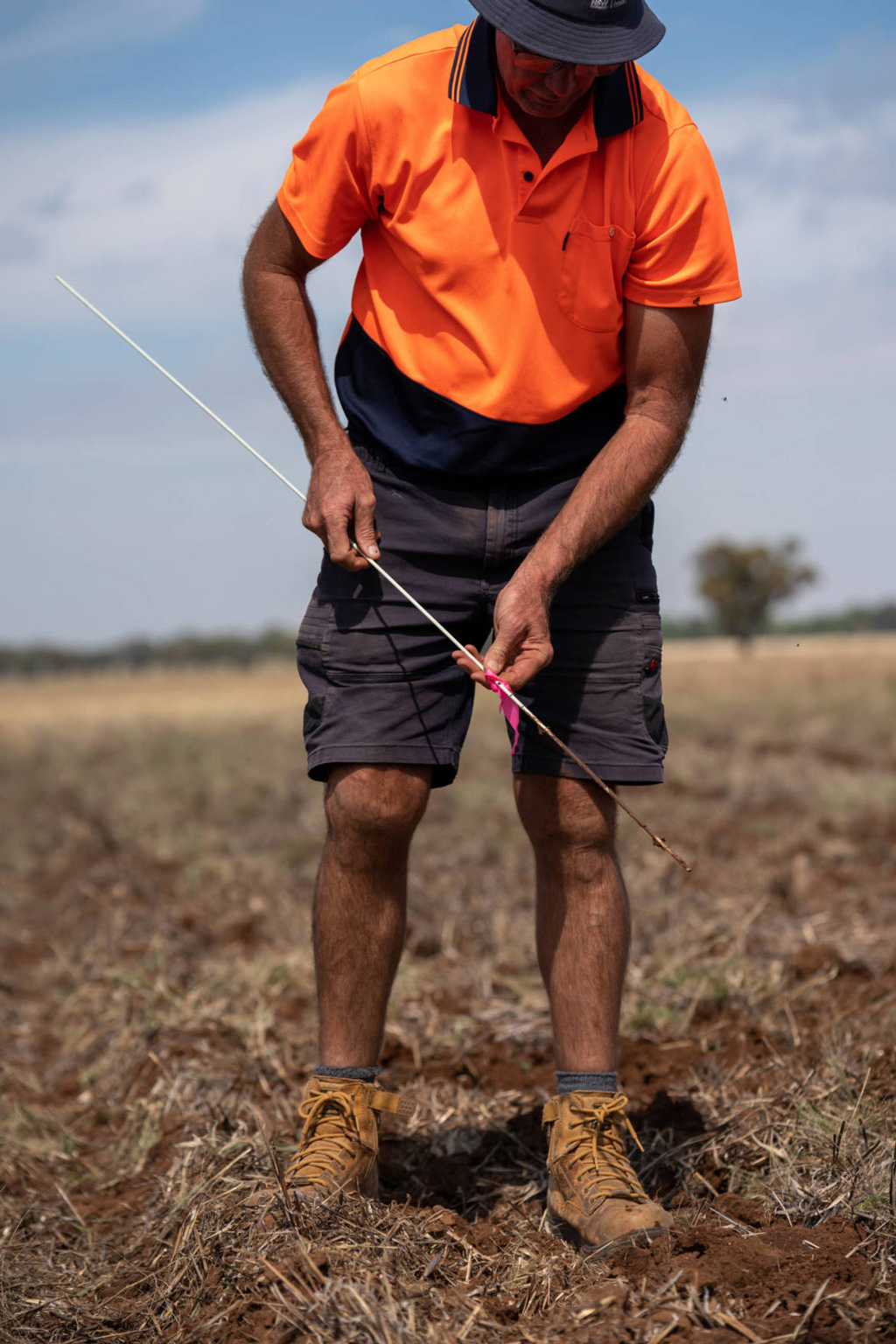

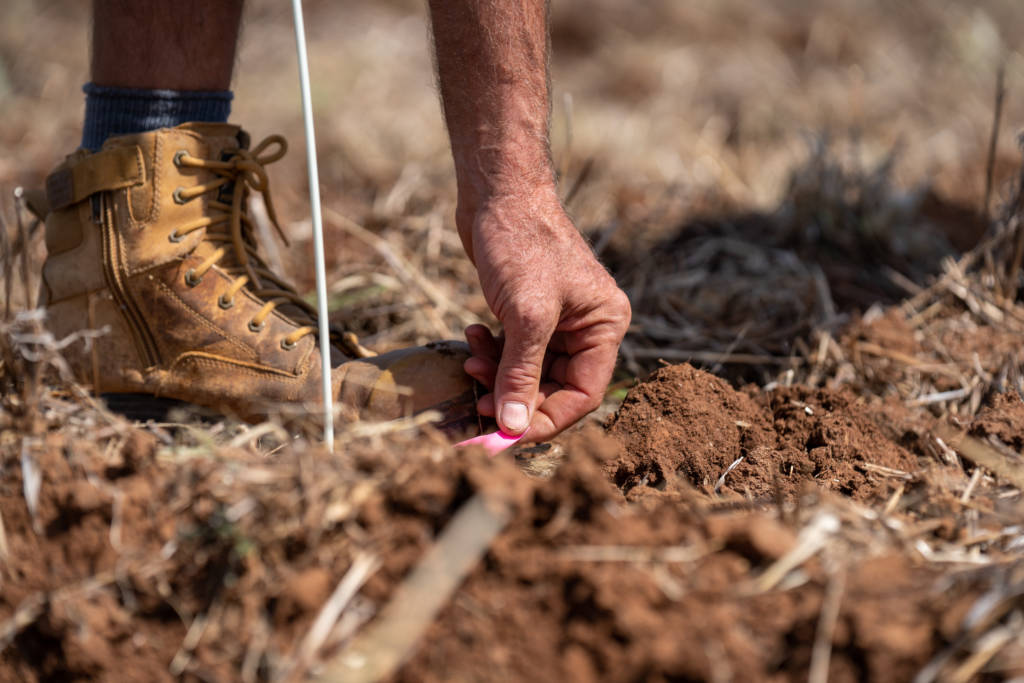

By harnessing recent advances in amelioration of soil constraints, the team have designed field trials using existing and new practices and products.
These may include chemically-balanced organic amendments, reactive clays, mill mud-ash, polymers, silicate-based amendments and gypsum.
The project is using new products and knowledge developed across Program 3 and 4 of the Soil CRC.
Treatment design in the trials allows for flexibility to include new machinery or amendment choices.
Lockhart, NSW Trial Site
In March 2022, the team began trialling some of the new amendments at a field site in Lockhart, near Wagga Wagga, NSW.
Three novel amendments were applied on site:
- Functionalised, low-dose, high efficiency carbon-mineral composites
- Stoichiometrically balanced organic amendment
- Bespoke biochar
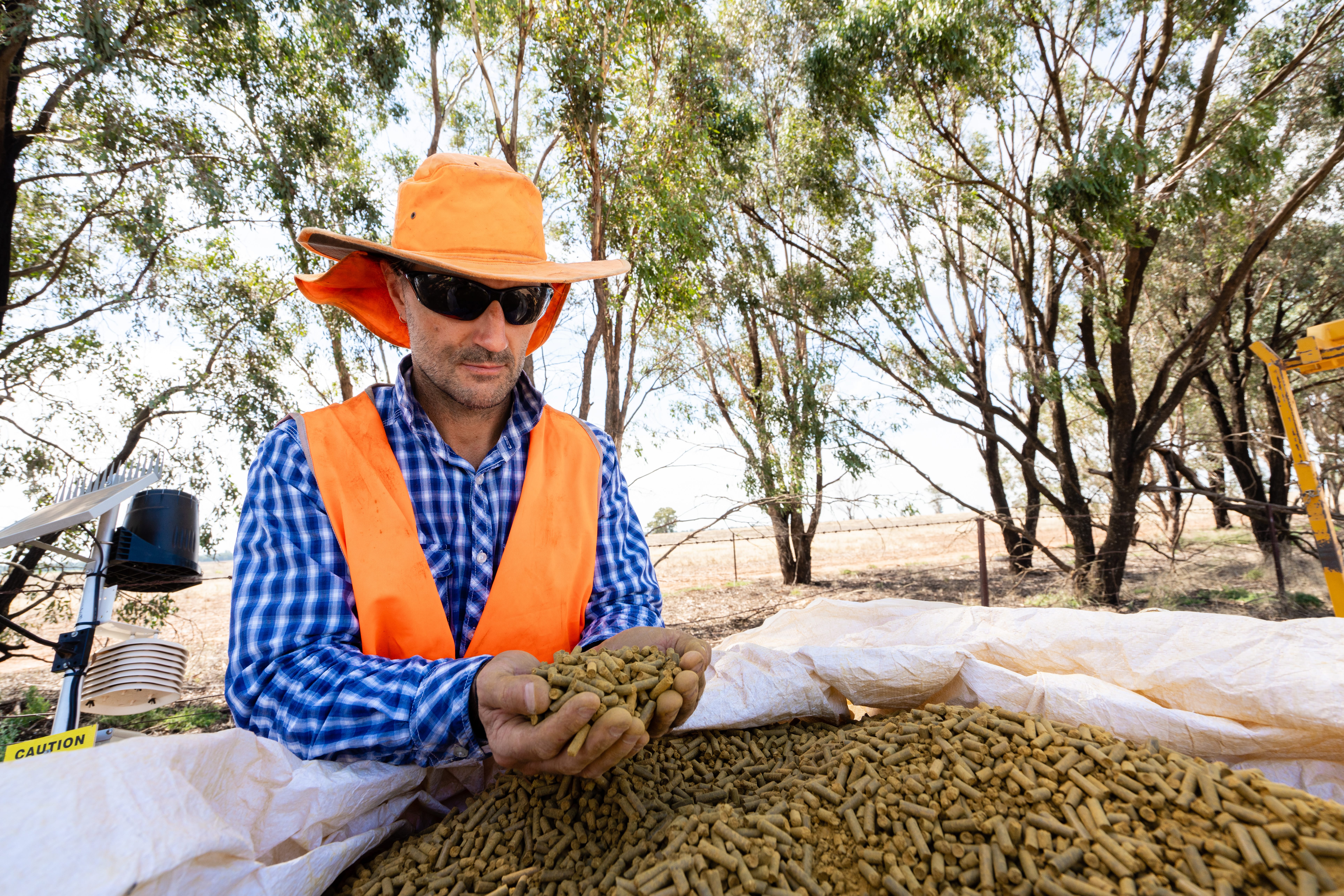

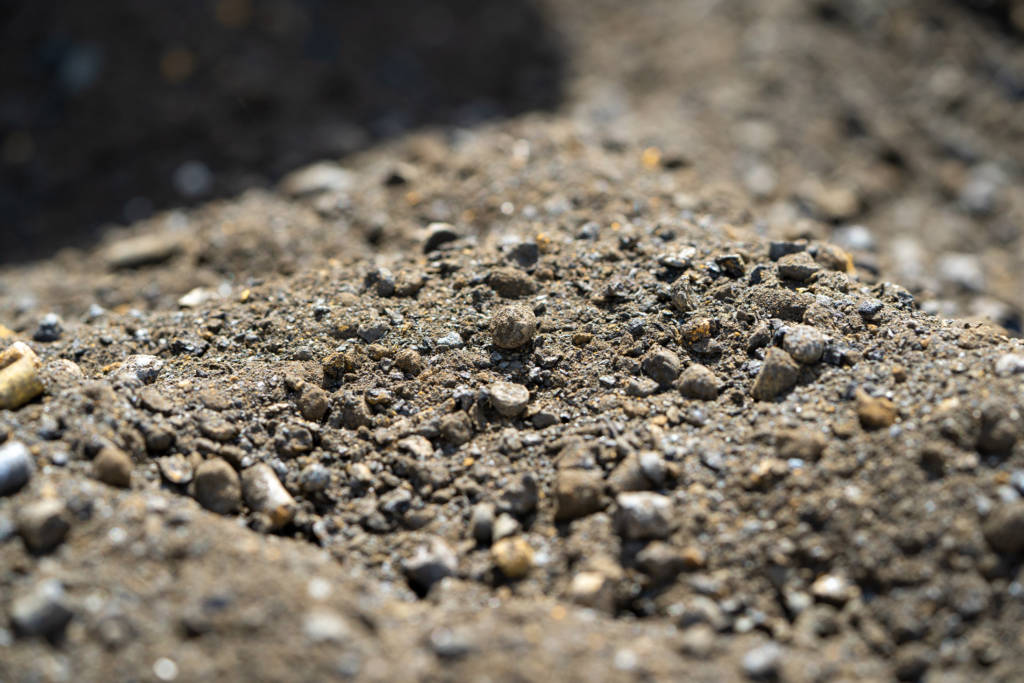

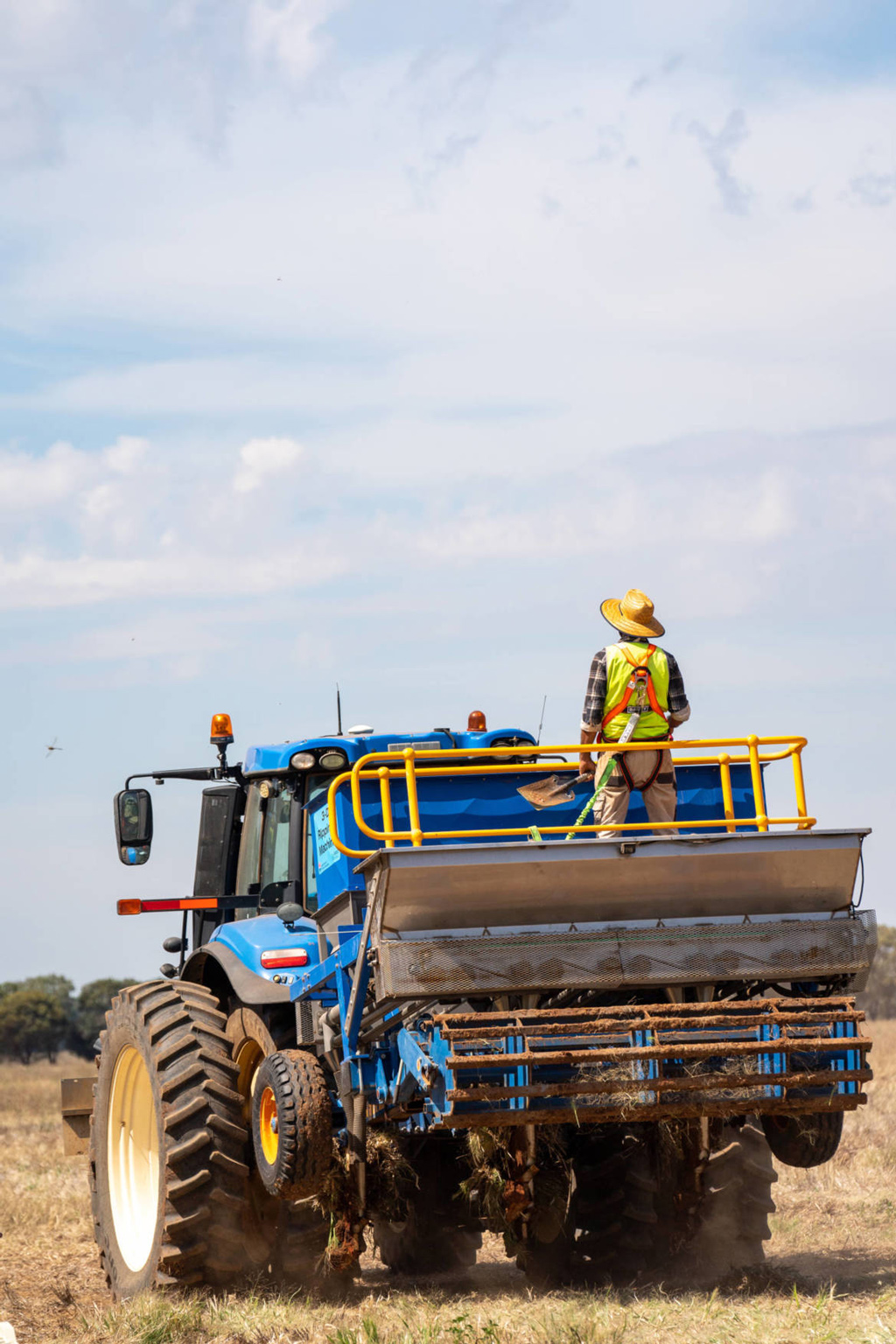

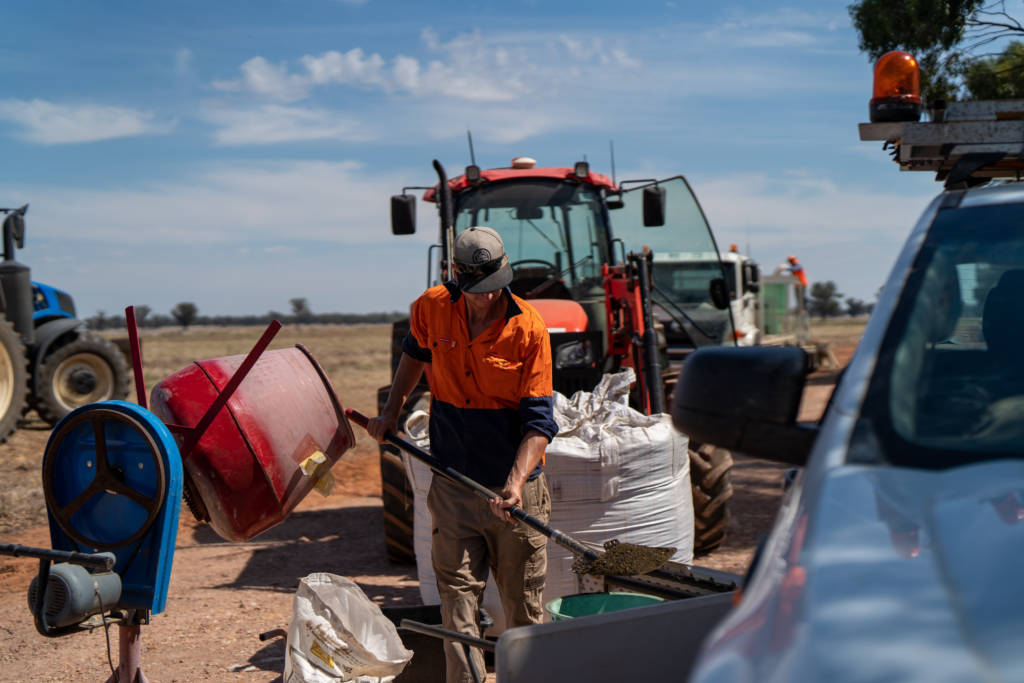

The efficiency of the amelioration strategies will be assessed using advanced soil chemistry and plant physiology techniques.
Next steps
The four trial sites will continue for the long term (over five years).
By maintaining experiments for more than five years, the project will address the most challenging problems of managing hostile soils to deliver solutions that improve the profitability of crop production in Australia.
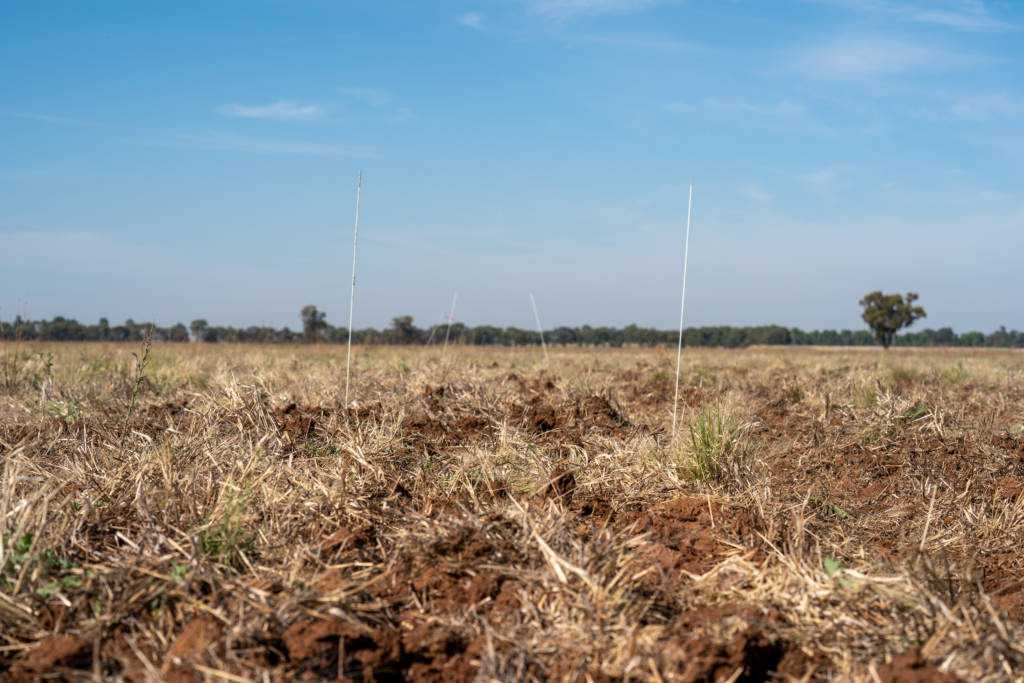

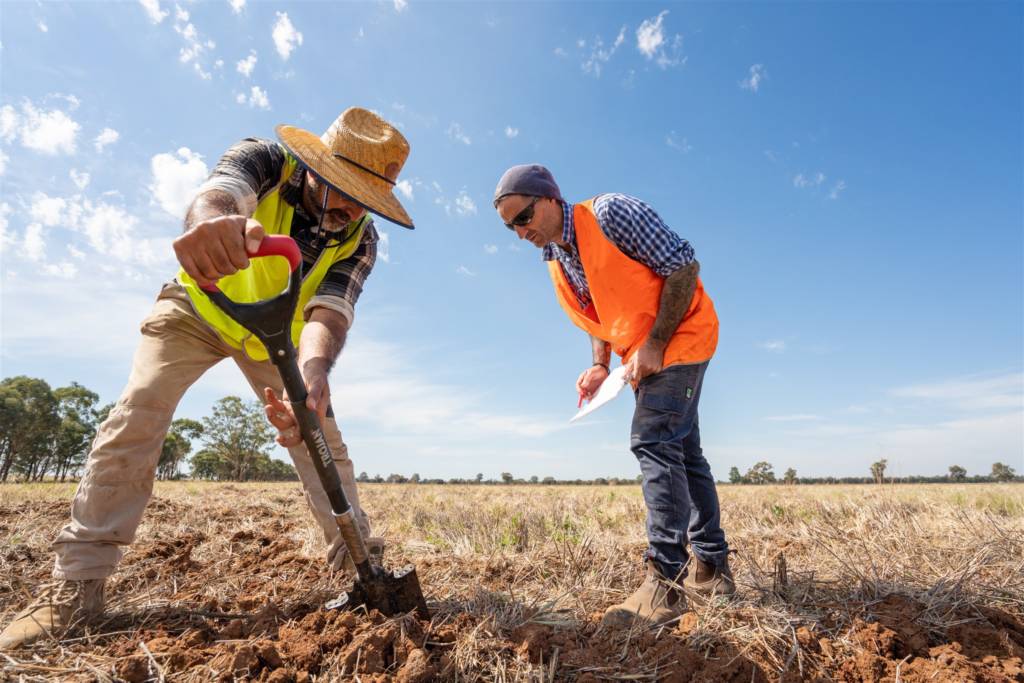

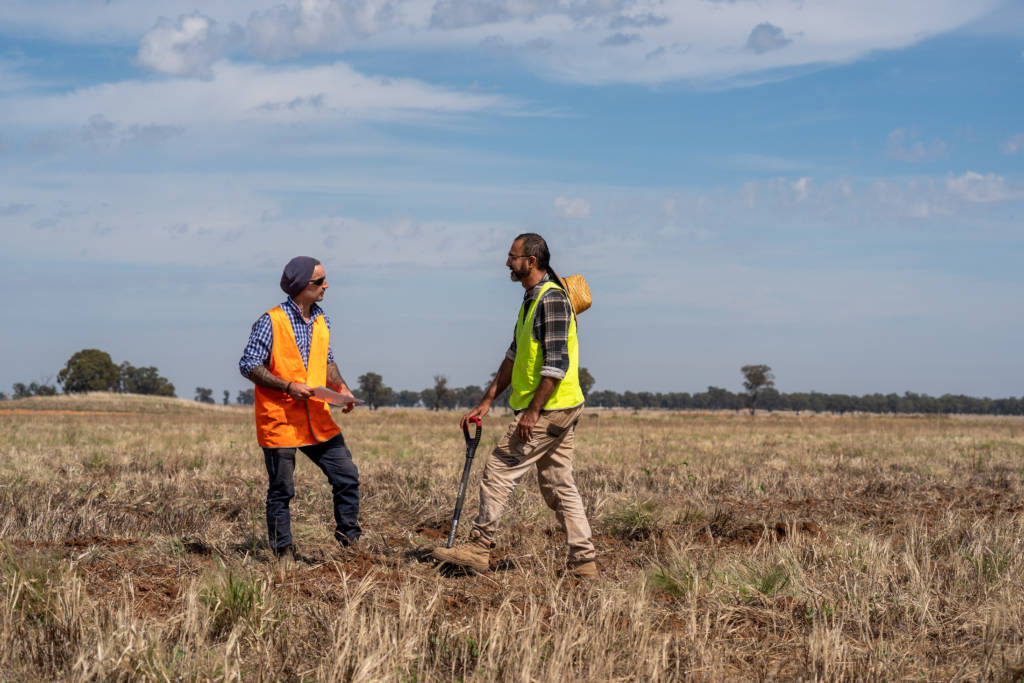

The four long-term trials will assess how amelioration strategies improve crop rooting depth, water use and productivity by re-engineering soils with multiple constraints.
Economic assessments of amelioration strategies will be developed to guide the adoption of better soil management strategies by farmers.
